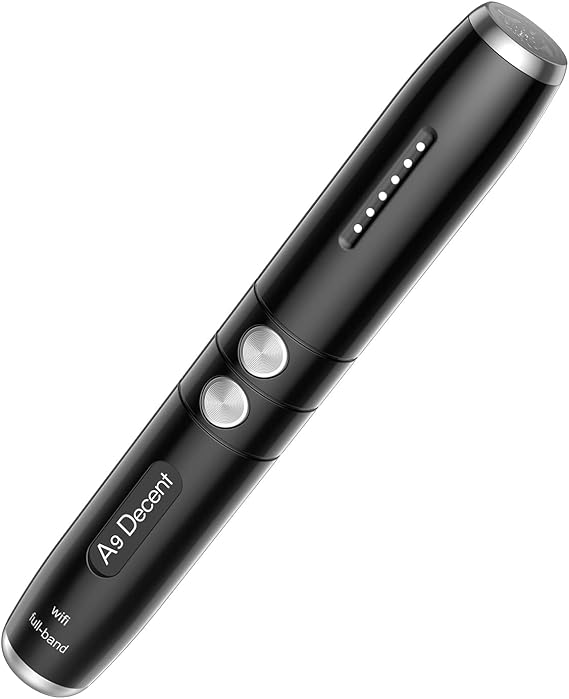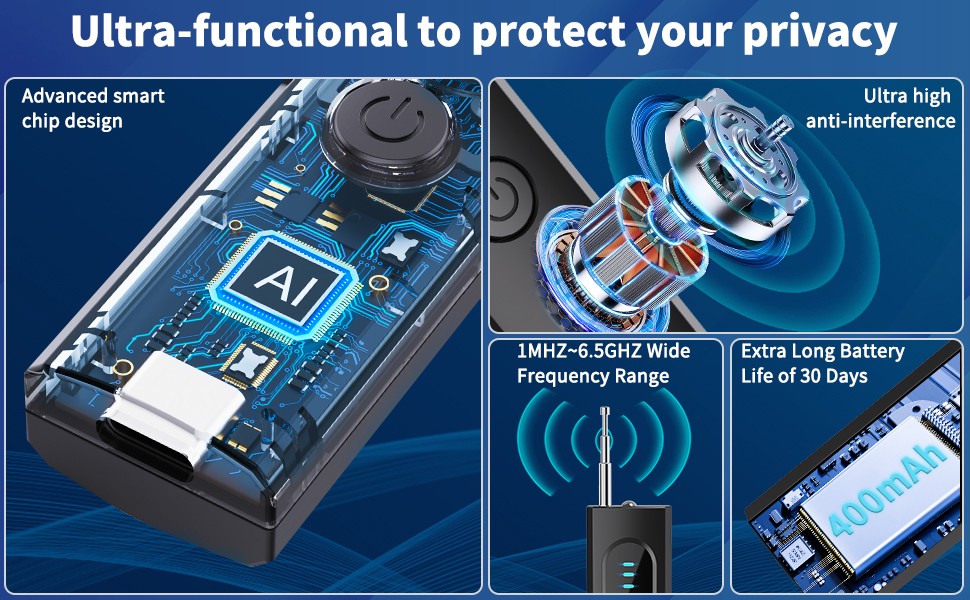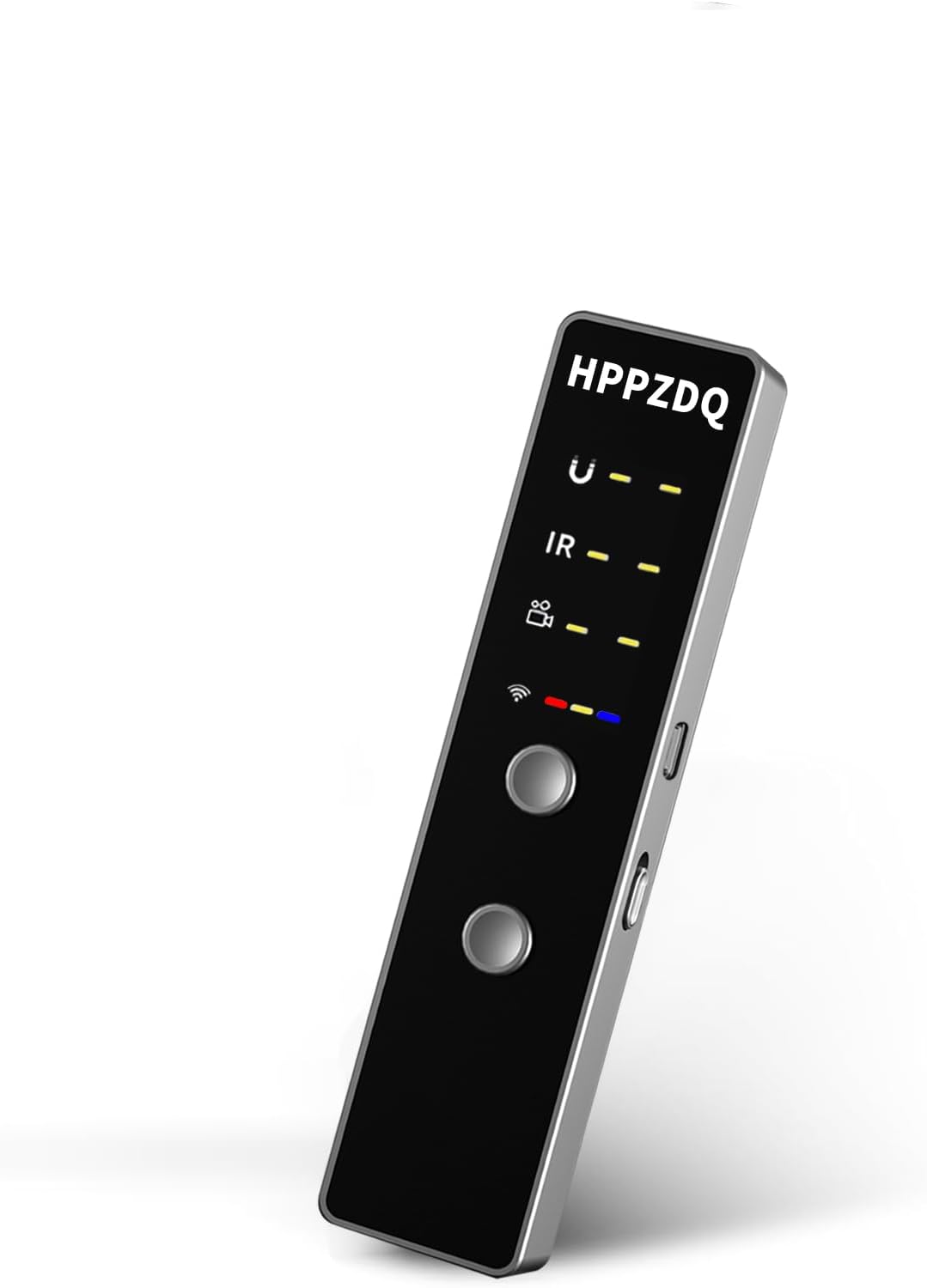Hidden camera detectors have always held a special place in popular culture, often serving as a symbol of paranoia, espionage, or cutting-edge technology. From classic spy films to modern-day thrillers, these devices appear frequently, reflecting both our fascination with surveillance and our anxieties about privacy. But how accurate are the portrayals of these devices in film and television? Let’s delve into the world of hidden camera detectors as seen through the lens of pop culture, examining their evolution, capabilities (or lack thereof), and their impact on our perception of security and privacy.
Hidden Camera Detectors in the Golden Age of Espionage

The classic spy films of the mid-20th century, featuring James Bond and other suave secret agents, often showcased sophisticated gadgets, including early iterations of hidden camera detectors. These devices were typically depicted as sleek, handheld instruments that could detect electromagnetic radiation emitted by cameras, alerting the agent to potential surveillance. Of course, the technology in these films was highly stylized and often exaggerated for dramatic effect. The reality of early detection methods was far less glamorous, with bulky equipment and limited accuracy.
Think about the iconic scenes in films like “Goldfinger” or “From Russia with Love.” The devices are frequently portrayed as instantly identifying hidden cameras, often with accompanying visual or auditory cues. This dramatic flair contributed to the public’s perception of these detectors as reliable and effective, even though the underlying technology was still in its nascent stages. The cinematic depictions focused more on the thrill of the chase and the sense of technological prowess rather than accurate representation of the limitations of the available technology.
The Evolution in Film and Television

As technology advanced, so too did the depiction of hidden camera detectors in pop culture. The bulky, unwieldy devices of earlier films gave way to smaller, more portable, and seemingly more sophisticated gadgets. Modern television shows and movies frequently showcase detectors that not only identify the presence of cameras but also pinpoint their exact location, sometimes even displaying their image on a screen. This is a far cry from the rudimentary capabilities of their predecessors.
Shows like “CSI” and “NCIS” regularly feature forensic technology that includes sophisticated methods for detecting hidden cameras. These portrayals often blend realism with dramatic license, highlighting the capabilities of advanced techniques while still allowing for suspenseful plot twists related to their limitations. The contrast between the technologically advanced world depicted and the vulnerabilities that still exist, despite these advancements, adds an extra layer of intrigue.
The Reality Check: Limitations of Real-World Detectors

It’s important to remember that the portrayal of hidden camera detectors in pop culture often inflates their capabilities. While modern detectors exist and can be effective, they are not foolproof. Many rely on detecting infrared radiation or radio frequencies emitted by some cameras. However, advances in technology, particularly in miniaturization and wireless connectivity, have made many cameras undetectable by even the most advanced commercial detectors. Many modern cameras are wireless and use very low power infrared illumination, making them difficult to detect.
Furthermore, the effectiveness of a detector is often dependent on several factors, including the type of camera being sought, the surrounding environment, and the skill of the person using the device. A skilled individual might use a range of methods and tools to locate hidden cameras, potentially combining physical searches with the use of detectors, but even this process is not guaranteed to be completely effective.
Hidden Camera Detectors and the Public Imagination

Despite their limitations, the portrayal of hidden camera detectors in pop culture has significantly influenced public perception of surveillance and privacy. The prevalence of these devices in films and television shows has increased public awareness of the possibility of covert surveillance and, consequently, fueled anxieties about privacy violations. This has led to increased demand for detection devices and a growing interest in counter-surveillance technologies.
The ongoing discussion around privacy in the digital age further reinforces the relevance of hidden camera detectors in pop culture. The prevalence of smart devices and internet-connected cameras in our homes and workplaces has sparked concerns about unauthorized surveillance, making the detection of hidden cameras a topic of increasing public interest. This continued cultural engagement with the topic emphasizes a constant tension between technological advancement and the desire for personal security and privacy.
Conclusion: Fact vs. Fiction
In conclusion, while hidden camera detectors in pop culture often present a stylized and sometimes exaggerated view of their capabilities, their presence in film and television serves as a reflection of our evolving relationship with technology and privacy. The dramatic flair of these portrayals keeps the topic relevant, fostering discussion and awareness of both the potential for surveillance and the need for countermeasures. While the sleek, instantly effective devices seen on screen are not always a reflection of reality, the underlying concern about privacy and security remains very real.
Understanding the limitations of real-world detectors is crucial for realistic expectations. While these devices can be helpful tools, they shouldn’t be relied upon as the sole method for ensuring privacy. A multi-layered approach, including physical inspections and awareness of potential vulnerabilities, remains the most effective method for protecting personal privacy in a world increasingly saturated with technology.


